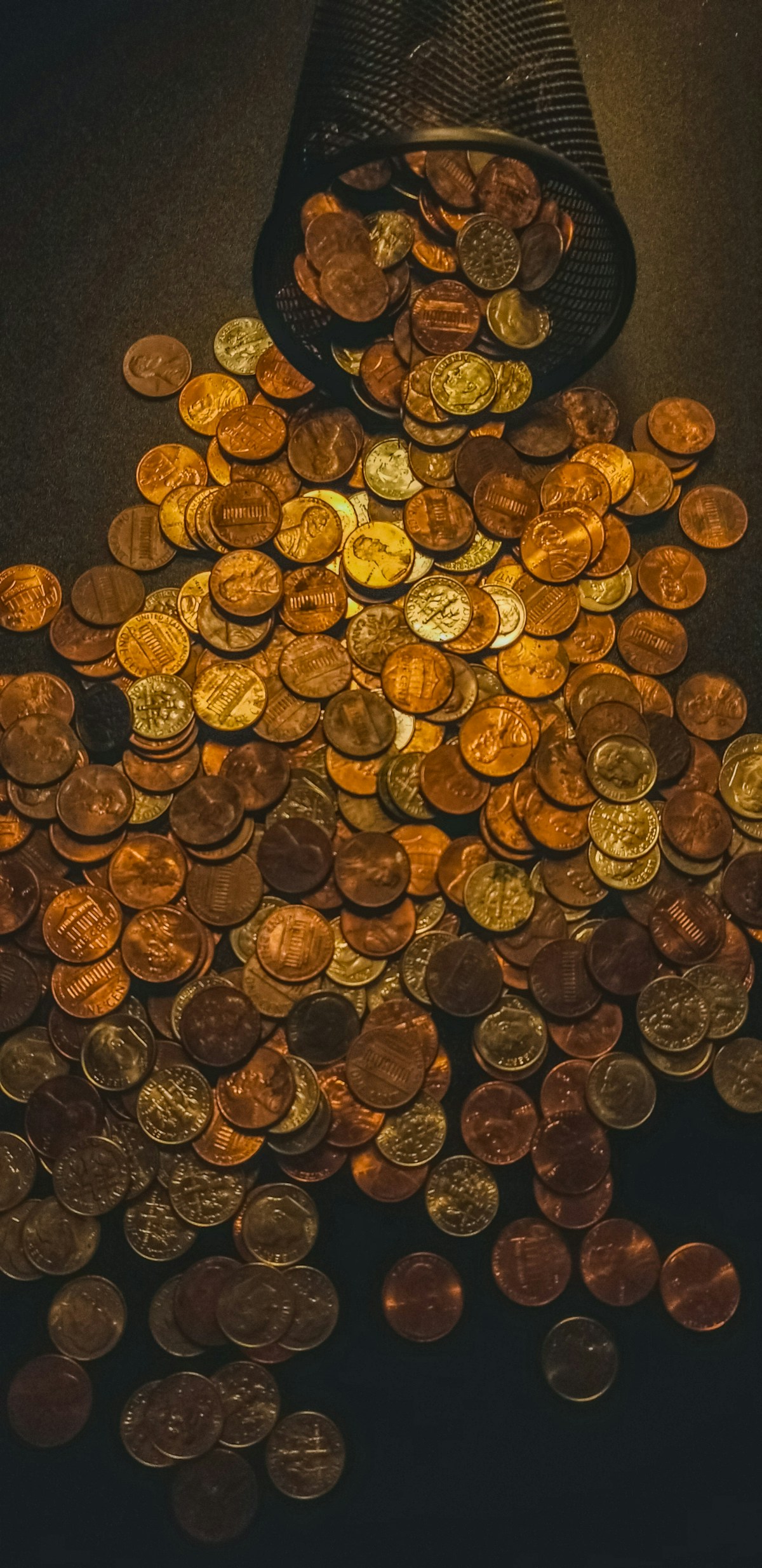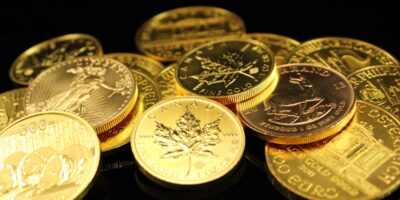The Liberty Dime: A Currency Staple of American History
The liberty dime, also known as the Barber dime, was minted in the United States beginning in 1892 and extending through 1916. Its introduction marked a pivotal change in American coinage. Designed by the chief engraver of the United States Mint, Charles E. Barber, the dime featured a prominent depiction of Liberty on the obverse and showcased a design distinct from its predecessors.
Design and Engravings

The obverse of the liberty dime bears an image of Liberty dressed in a cap, adorned with a laurel wreath. The depiction symbolizes both freedom and the agricultural prosperity of the nation. Surrounding Liberty are inscriptions such as “United States of America” and the year of minting, enhancing the historical value of the coin. The reverse side is much simpler, featuring a wreath surrounding the denomination. This straightforward design was a characteristic feature of Barber’s approach.
Charles Barber, whose intricate designs marked an era of U.S. coinage, faced both praise and criticism. His designs for the dime, as well as the corresponding quarters and half-dollars, were seen by some contemporary critics as lacking in artistic flair. Yet, his ability to capture the spirit of the time through simplicity and symbolism was an essential aspect of his coinage work. The liberty dime is one of the key examples that demonstrate Barber’s impact on everyday currency.
Historical Context and Introduction
Before the liberty dime, the Seated Liberty design dominated U.S. dimes for over five decades. By the late 19th century, there was a push to refresh the nation’s coinage. This led to a Treasury Department competition which notably engaged several renowned artists of the period. However, controversies ensued during the selection process, which eventually led to Barber’s direct appointment for redesigning the dime, quarter, and half-dollar.
The transition to the liberty dime marked a notable moment in U.S. numismatic history. It was part and parcel of a wider rebranding effort during a post-Civil War America that was beginning to assert itself as a burgeoning global power. Moreover, the simplicity of Barber’s design lent itself well to a time when functional artistry was highly valued.
Mint Marks and Variants
The Barber liberty dime was minted at four primary facilities: Philadelphia, Denver, New Orleans, and San Francisco. Philadelphia dimes bear no mint mark, while Denver dimes feature a D, New Orleans dimes an O, and San Francisco dimes an S. Each mint mark can notably affect the rarity and value of specific dimes, especially those with lower mintage numbers.
The 1894-S Barber dime from the San Francisco mint is one of the most famous coins, with only 24 known specimens produced, turning it into a coveted piece among collectors. These minting anomalies provide fascinating insights into both the production capabilities and economic considerations of the era.
Circulation and Economic Role
The liberty dime served as an integral component of everyday transactions. Its value and widespread use facilitated commerce at a time of rapid industrial and economic expansion. Dimes were utilized for routine purchases, and their circulation contributed to streamlining the exchange of smaller denominations.
During its production run, the Barber dime witnessed significant historical events, including the Spanish-American War, the rise of monopoly industries, and significant urbanization across the United States. Each decade brought distinct economic challenges, reinforcing the importance of reliable, durable coinage like the liberty dime.
Impact on Numismatic Collections
Today, the liberty dime remains a highly sought-after item within numismatic circles. Collectors are drawn to its rich history, variety of mint marks, and the artistic legacy of Charles Barber. Some specific years and mint marks, such as the 1894-S, have reached legendary status due to their rarity and the mystery surrounding their original small mintages.
- Rarity: With only a few existing examples of certain mint years, some liberty dimes fetch high auction prices.
- Historical Value: The coin serves as a tangible link to significant periods in American history.
- Artistic Legacy: Barber’s work represents a transition in coin artistry, influencing future designs.
Engagement with these coins provides a direct connection to the changing face of American society during the late 19th and early 20th centuries. The preservation and study of these dimes offer valuable lessons in historical currency issues and cultural identity.
Transition to the Mercury Dime
In 1916, the liberty dime was replaced by the Mercury dime. This change was preceded by a fresh call for new designs to reflect the modern era and America’s evolving ideals. Barber’s designs had served their purpose, and the shift to Adolph A. Weinman’s depiction of Liberty—the iconic Winged Liberty Head—represented a new chapter in coinage. The mercury dime carried on the tradition of the liberty dime while introducing new artistic innovation.
The transition exemplified the natural evolution of currency, both in stylistic terms and functional aspects, remaining part of a lineage that included Barber’s influence. Each coin, in turn, became a marker of its time, embodying the nation’s journey toward modernization and expansion.
The Legacy of the Liberty Dime
The barber dime remains more than just a piece of Americana; it is a reflection of the country during critical moments of transformation. Understanding its role and significance offers an in-depth glimpse into the heritage of American currency. Coin collectors and history enthusiasts alike find in the liberty dime a powerful symbol of the era it represents.
Through its humble circulation and presence in the everyday lives of past Americans, the liberty dime left an indelible mark. Charles Barber’s work laid foundational principles that influenced American numismatic artistry for generations, and understanding the context and impact of his designs gives insight into the ever-evolving nature of currency.
Recommended Collecting Supplies
Coin Collection Book Holder Album – $9.99
312 pockets for coins of all sizes.
20x Magnifier Jewelry Loupe – $13.99
Essential tool for examining coins and stamps.
As an Amazon Associate, we earn from qualifying purchases.




Subscribe for Updates
Get the latest articles delivered to your inbox.
We respect your privacy. Unsubscribe anytime.